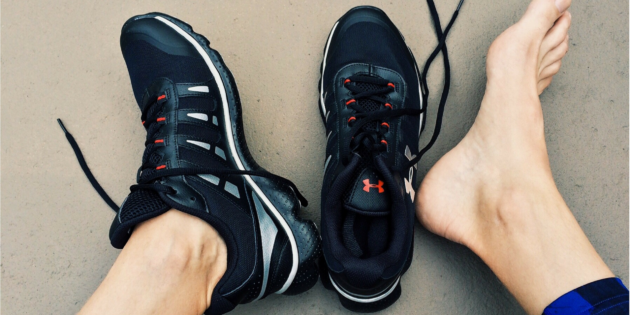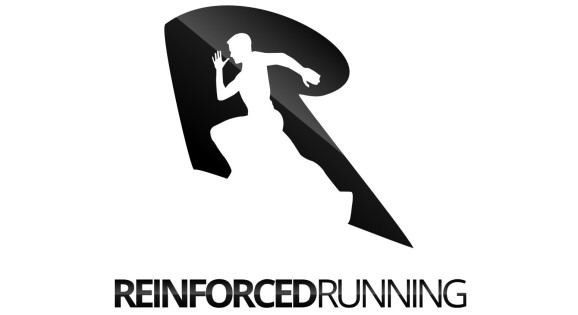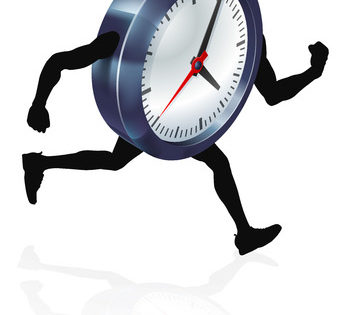Learn better running form with three simple ways to improve your landing.
For a while, it was “on-trend” to talk about foot landing and better running form. While working at a Runner Specialty Shop, I talked to a lot of runners. The consensus was a forefoot landing was optimal. Runner’s thought a quick change in foot landing and a pair of Vibram Five Fingers would solve their injuries problems.
It wouldn’t be long before I would see the same athlete back in the store. But, now they suffered a new running injury. The hopeless frustration of injuries is soul crushing.
If you want to reduce your running through running form you need to work hard. You will have to develop skill, strength, and discipline. It takes more than a simple switch in shoes and stride landing.
This article will teach you:
- How to proper land.
- The importance of glute strength.
- Why a shorter stride is better.
Three ways to improve your landing
1) Land on your forefoot first and then your heel.
Consider the following:
Running on your forefoot is the “natural” way for humans to run. When you run barefoot, you wouldn’t land on your heels, right.”
Evolutionarily, The logic seems sound. And biomechanically, a forefoot landing will be more efficient.
And consider that a heel strike will cause extra motion in your stride leading to injury.
It seems that a forefoot strike is superior.
Yet, runners rush the process. Running with bounce and vigor will wreck your calves. Forefoot or toe landing can cause injuries like calf strain and Achilles tendonitis.
Gravity will pull on your calves as you contract the muscle from toe landing. The force of gravity causes “micro- tears” and soreness. There is an elastic component to your calves and Achilles tendon that you need to utilize.
Here’s the fix: Reduce calf soreness by allowing your heel to touch the ground on each stride.
When you relax and allow let your heel touch the ground, your calves and Achilles will bounce back.
The forefoot strike is superior, but you need to allow your heel to touch the ground.
Practice your forefoot strike in progression.
Start with 8 x 1 min of a forefoot strike. Use your typical stride the rest of the run. Give yourself a mental and physical rest.
Increase the time spent landing on your forefoot each run.
Try This:
7 x 2 minutes,
6 x 3 minutes
5 x 4 minutes
And so on until you are comfortable.
Soon, it will become second nature, and you will run on your forefoot for the duration of your run.
2) Connect your glutes and your feet for a stronger run.
Your butt gets a bad wrap. It seems that every running injury is from weak glutes.
Running is one dimensional and can lead to imbalance and weakness. The “gluteus medius” is a crucial stabilizer. Lateral exercises through the sagittal plane strengthen the “glute med.” But, runners move in the frontal plane. Running alone will not strengthen the muscle.
Three ways to know if you have weak Gluteus Medius: Pain on the outside of your knee. Your ankles and arches collapse. You never feel soreness in your butt.
Four Best Exercises to Strengthen the “Glute Med.”
7-way hips
Need a strength plan?? Get my free strength plan for runners here.
There are several ways to strengthen your glutes. But, what if you already have strong the requisite muscle strength and you still get hurt?
You may lack “Mind Muscle Connection.” Thinking about the muscle while performing an exercise. Being thoughtful in your movement will improve your muscle activation.
There are primary and secondary muscles used during movement. Runners will not use their glutes as prime movers during movement. You are not able to connect your mind to your glutes to have them fire and stability your lower legs.
Turn on your buns to stay healthy!
Landing impact can cause the most damage to a runner. Extra motion and restabilizing are the causes of many injuries. Landing leads to a collapse in your knees, ankles, and arches. Engaged glutes will reduce that collapse.
Now, you need to learn how. You can control your foot movement when you engage your knees and ankles.
Two ways to on your glutes.
- Drive your Big Toe Down
- Activate your glutes by “driving” or “screwing” your big toe into the ground. Driving your knees to the outside of your body. (Remeber, to land on your forefoot).
- Drive your knees out
- Stand up and place your hands on the outside of your glute. Forcefully pull your feet apart like you are trying to spread the floor open. Feel the muscle in your glute fire. Think about “spreading the floor” with each step during your run.
Use the drills below to develop a good connection through your mind and glute.
3) Find your ideal stride length
Your stride length determines where your foot lands. An overstride is a landing in front of your center of gravity (hips). Overstriding leads to longer contact time with the ground. The longer the time spent on the running surface, the more movement will occur. Again, more movement equals injuries.
Keep your stride tight to reduce motion while improving your landing position.
Two ways to reduce your stride length
- Increase your cadence
- An overstride will reveal itself with a cadence of 170 steps per minute or below. The slower your steps, the more time you spend on your feet. Increase your run cadence to reduce your stride length naturally. Speed your cadence toward 180 for better stride length.
- Pull Don’t Push
- Use your hamstring to pull your heel under your butt. Runner’s tend to drive their hips forward by pushing off of the back foot. Engage in your hamstring and glutes, and your stride will shorten.
Your landing is important. It can be the difference between a massive injury or healthy progress. Practice the process of landing on your forefoot to reduce motion. Build strength and connection to your glute muscles. Reduce your stride length to keep you on a healthy path toward improvement.



